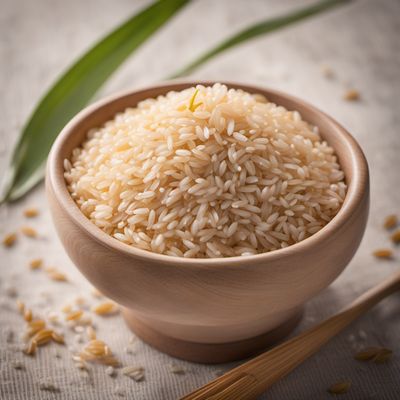
Ingredient
Indian rice grain
Fragrant Basmati: The Essence of Indian Cuisine
Indian rice grain, or Basmati rice, is a long-grain rice variety that is native to the Indian subcontinent. It is characterized by its slender shape, fine texture, and distinct aroma. When cooked, the grains remain separate and fluffy, making it a popular choice for biryanis, pilafs, and other rice-based dishes. The grains are pearly white in color and have a slightly nutty taste, with a subtle floral aroma that is reminiscent of pandan leaves or jasmine flowers.
Origins and history
Basmati rice has a rich history that dates back thousands of years. It originated in the foothills of the Himalayas in the Indian subcontinent, where the unique combination of soil, climate, and water from the rivers Ganges and Brahmaputra created the perfect conditions for its cultivation. Basmati rice has been cultivated in India and Pakistan for centuries and is deeply ingrained in the culinary traditions of both countries. It is considered a premium rice variety and is highly valued for its quality and flavor.
Nutritional information
Basmati rice is a good source of carbohydrates and provides essential nutrients such as vitamins, minerals, and dietary fiber. It is low in fat and cholesterol and contains no sodium or gluten.
Allergens
Basmati rice is gluten-free and does not contain any known allergens.
How to select
When selecting Basmati rice, look for grains that are long, slender, and free from any impurities or discoloration. The grains should have a pleasant aroma, indicating their freshness. Opt for reputable brands or sources to ensure the highest quality.
Storage recommendations
To maintain the freshness and quality of Basmati rice, store it in an airtight container in a cool, dry place. Avoid exposure to moisture, as it can cause the grains to become sticky or moldy. Proper storage can help preserve the aroma and texture of the rice for an extended period.
How to produce
Basmati rice is typically grown in the fertile plains of the Indian subcontinent, where it requires specific climatic conditions, including high temperatures and abundant water supply. It is primarily cultivated using traditional methods, including hand planting and harvesting.
Preparation tips
Before cooking Basmati rice, it is recommended to rinse the grains thoroughly to remove any excess starch. Soaking the rice for 30 minutes to an hour can help achieve a fluffier texture. For cooking, the ratio of rice to water is typically 1:1.5 or 1:2, depending on the desired consistency. Basmati rice can be cooked using various methods, including stovetop, rice cooker, or pressure cooker. It is versatile and can be used in a wide range of dishes, from simple steamed rice to elaborate biryanis and pilafs.
Substitutions
Jasmine rice or long-grain white rice can be used as substitutes for Basmati rice, although they may not have the same distinct aroma and flavor.
Culinary uses
Basmati rice is a staple in Indian cuisine and is used in a variety of dishes, including biryanis, pilafs, pulaos, and rice-based desserts like kheer. It pairs well with a range of spices, herbs, and vegetables, making it a versatile ingredient in both savory and sweet preparations.
Availability
Basmati rice is commonly available in India, Pakistan, and other countries in the Indian subcontinent. It is also exported worldwide and can be found in most grocery stores and supermarkets globally.
More ingredients from this category
Recipes using Indian rice grain
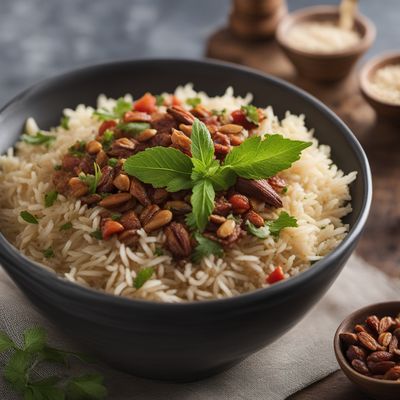
Nyekoe with a Jordanian Twist
Spiced Lamb Stew with Fragrant Rice: A Jordanian Delight
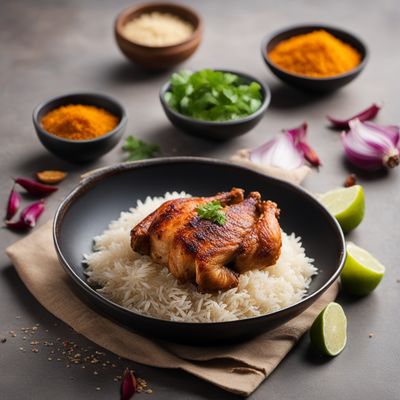
Omani Spiced Chicken with Fragrant Rice
Sultan's Delight: Aromatic Omani Spiced Chicken with Fragrant Rice

Native American Kibi Dango
Wild Rice Dumplings: A Native American Delight

Caspian Spiced Curry with Fragrant Rice
Aromatic Delight: Caspian Spiced Curry Infused with Fragrant Rice
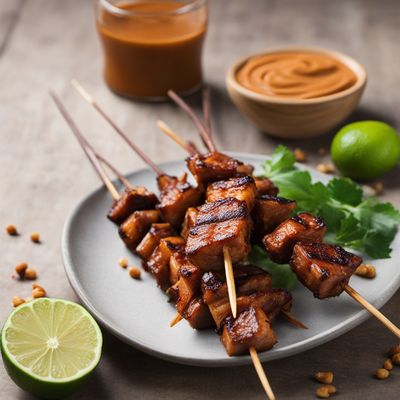
Grilled Suri Skewers with Spicy Peanut Sauce
Suri Delight: Grilled Skewers with a Spicy Peanut Twist
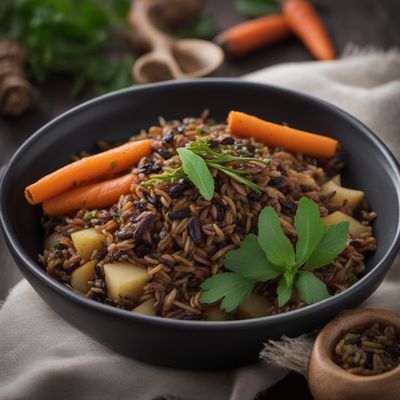
Native American Rössypottu
Hearty Bison Stew with Wild Rice

Balinese Spiced Chicken with Fragrant Rice
Savor the Aromas of Bali: Balinese Spiced Chicken with Fragrant Rice
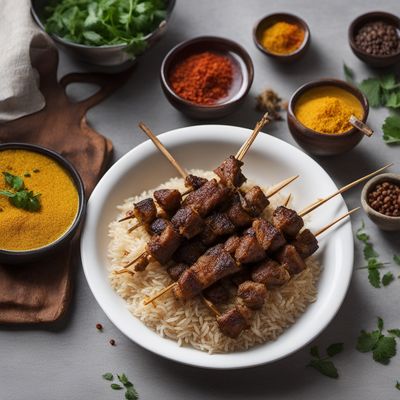
Grilled Spiced Lamb Skewers with Fragrant Rice
Jordanian-inspired Mshikaki: Fragrant Grilled Lamb Skewers with Spiced Rice


